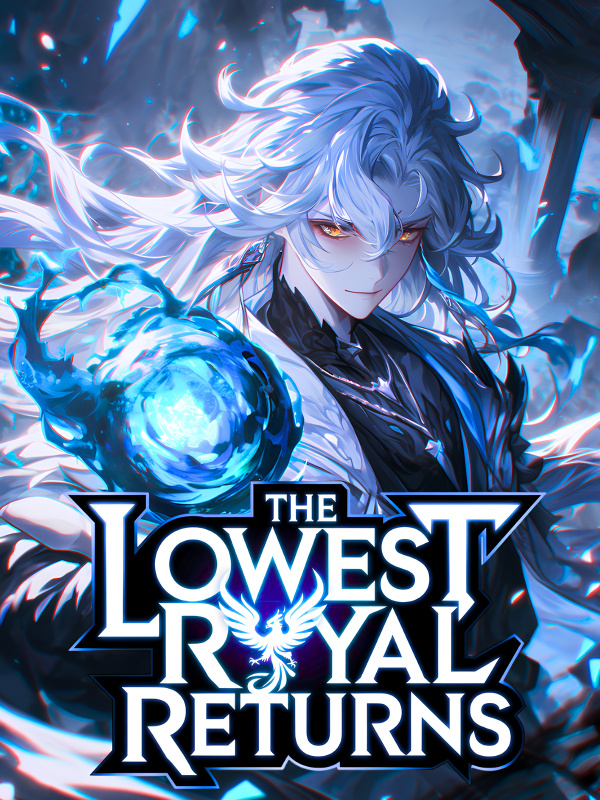©Novel Buddy
MTL - Returning to ’90s, She Became Famous in Major Surgical Fields-Chapter 3800 【3800】Three situations
Chapter 3800【3800】Three situations
Holding the surgical retractor, Zhang Shuping carefully helped Mr. Xie pull the surgical incision, and held his breath together with the emergency nurse who was assisting.
I just remember that the textbook said that if you want to touch the pericardium at the wrong angle, you may encounter obstacles or feel awkward to operate. If the external pericardial compression is unsuccessful, you need to disconnect the third and fourth ribs for intrapericardial compression. of. At that time, it will be a dead horse as a living horse doctor.
Best, preferably a performance hit. Zhang Shuping deeply felt that the heat he exhaled would burn him to death.
The current situation is really a hot potato for him and Mr. Xie.
I don't want to think about saving it, but the success rate of this kind of dead horse as a living horse doctor is too low.
This is also the reason why external cardiac compressions are routinely advocated while internal chest compressions are extremely rare.
According to medical statistics, there is no advantage in the success rate of internal chest cardiac compression compared with external chest cardiac compression. Therefore, there are special prerequisites for the doctor to perform intrathoracic cardiac compression on the patient. For example, in the current case, for example, in Seoul, I have seen patients who have undergone thoracotomy surgery and left the unclosed chest cavity for emergency rescue.
Shua, Chief Surgeon Xie put his gloved right hand into the surgical incision.
I haven’t done this kind of surgery independently, but she must have done chest compressions, otherwise she would never dare to do it without saying it. I once remembered the one performed by the fairy brother in Seoul, which made her frantically give the little baby heart compressions with bare hands.
After experiencing such a worse experience, her mentality is undoubtedly stable at the moment.
Thanks to Brother Shenxian, a group of "ruthless and ruthless" teachers who left her with all kinds of painful experiences and lessons.
After touching the patient's heart surrounded by the pericardium, the first step is not to press, but to further clarify the diagnosis: Does the patient's heart stop beating completely, or is it just weak heartbeat, that is, the heart beats weakly and has little strength, or is it in ventricular fibrillation?
If the heartbeat is weak, it should be combined with intracardiac injection of 0.1% epinephrine or 10% calcium chloride to stimulate the myocardium before performing cardiac compressions. At the same time, the doctor ordered the nurse to inject dopamine and other drugs into the intravenous channel to help maintain blood pressure.
If it is ventricular fibrillation, it is not necessary to perform electrical defibrillation immediately, but to wait for the myocardial tension to improve after performing cardiac compressions for a certain period of time before performing defibrillation. It can be seen that the most professional medical cardiac massage is not as simple as teaching laymen to do on-site rescue before the hospital, but it must be combined with precise first-aid measures such as rescue medication.
After carefully touching the patient's heart, Xie Wanying was sure: it was arrest.
Is it scary to stop fighting completely? Seems to be the worst of the three cases above. But in either case, neither is good for doctors until the heart is fully back beating normally. The patient's heart condition is changing rapidly, and the three conditions may be interchangeable.
What doctors need to do is to implement routine operating procedures step by step and follow the valuable clinical experience left by countless medical predecessors to younger generations.
The gloved right hand immediately moves further into the pressing position.
There are three methods of intrathoracic cardiac compression, one-handed and two-handed and compression of the sternum.
Single-hand technique is to touch the front of the patient's heart with the thumb and thenar, and place the other four fingers behind the patient's heart. The purpose is to press the left and right ventricles evenly, forcefully and rhythmically.
The left and right ventricles are the main pumps of the heart and are responsible for outputting blood. If the heart stops beating, the pumping function of the ventricles will be lost, and the heart itself and other organs of the human body will lose blood nutrition and be killed together. This is exactly what heart compressions are designed to solve.
(end of this chapter)


![Read The Royal Military Academy's Impostor Owns a Dungeon [BL]](http://static.novelbuddy.com/images/the-royal-military-academys-impostor-owns-a-dungeon-bl.png)




